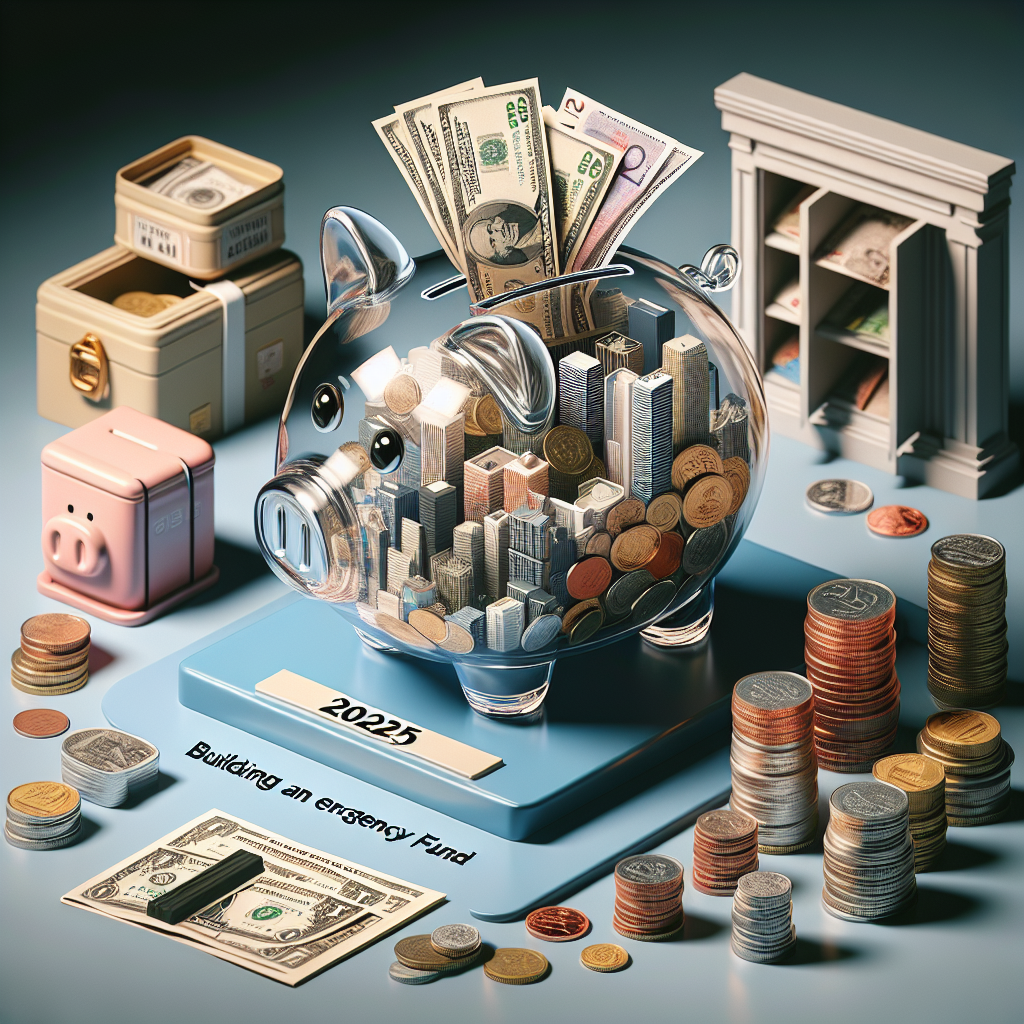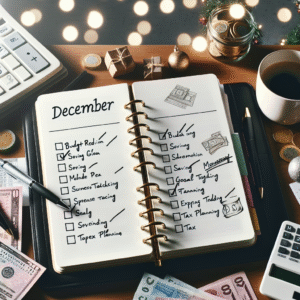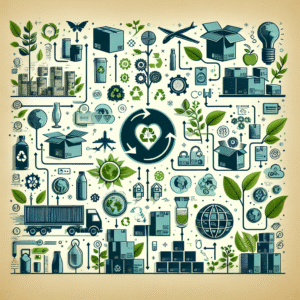How to Build an Emergency Fund Before Year-End 2025

How to Build an Emergency Fund Before Year-End 2025
As 2025 approaches, many people are resolving to improve their financial health. One of the best ways to gain peace of mind and security is to build an emergency fund. An emergency fund is a financial buffer designed to cover unexpected expenses like medical bills, car repairs, or sudden job loss. If you’re starting from scratch or want to expand your safety net, here’s how you can build an emergency fund by the end of 2025.
1. Set a Clear Savings Goal
The first step is to determine how much you need to save. Most experts recommend setting aside three to six months’ worth of living expenses. If your monthly expenses are $2,000, that means an emergency fund should ideally fall between $6,000 and $12,000.
If that feels overwhelming, remember that any amount saved is better than nothing. Start with a target that’s achievable for you—perhaps $1,000, then gradually work your way up.
2. Assess Your Current Spending
Review your recent bank statements and bills to pinpoint your essential expenses: rent/mortgage, utilities, groceries, insurance, and minimum loan payments. This will also help you identify any non-essential spending that can be reduced or eliminated to accelerate your savings.
3. Make a Monthly Savings Plan
Decide on a monthly savings goal based on your overall target. For example, saving $5,000 over 12 months requires about $417 per month. The sooner you start, the less you’ll need to set aside each month to reach your goal by the end of 2025. Use spreadsheets, budgeting apps, or a notebook to track your amounts and progress.
4. Open a Dedicated Savings Account
To avoid the temptation of spending your emergency fund, open a separate high-yield savings account at a different bank or credit union. This helps you mentally—and literally—keep your emergency savings distinct from your regular checking or spending accounts. Better yet, look for an account with automatic transfers so you don’t have to remember to save each month.
5. Automate Your Savings
Set up an automatic transfer from your checking account to your emergency fund each payday or month. Automating this process ensures you consistently add to your savings without having to think about it. Even $25 or $50 every week will add up over time.
6. Cut Costs and Boost Income
Take a close look at your monthly spending and identify areas to cut back. Maybe you can cancel unused subscriptions, dine out less, or buy generic brands. Every dollar you save can be redirected to your emergency fund.
If your budget is already slim, consider increasing your income. This could be through overtime at work, a side hustle, selling unused items online, or freelancing. Direct any extra earnings straight into your savings account.
7. Save Windfalls and Bonuses
Tax refunds, holiday bonuses, or gifts are excellent opportunities to give your emergency fund a significant boost. Instead of spending these windfalls, deposit them directly into your emergency fund.
8. Track Your Progress Monthly
Set a recurring reminder to review your emergency fund progress every month. Celebrate the small wins along the way—even reaching $250 or $500 is an accomplishment. If you fall behind, reassess and adjust your plan rather than giving up. Consistency is more important than perfection.
9. Don’t Touch It Unless It’s Really an Emergency
A key part of building and maintaining an emergency fund is using it only for genuine emergencies: unexpected medical expenses, urgent car or home repairs, or loss of income. Try not to dip into your fund for planned expenses, vacations, or “just in case” splurges. Setting clear rules for yourself increases the odds you’ll have the money when you truly need it.
10. Revisit and Replenish
Once you reach your year-end 2025 goal, don’t stop there. Life circumstances change—review your emergency fund target each year or when you have major life changes (like a new job, move, or family member). If you ever have to use your emergency fund, prioritize replenishing it as soon as possible.
Conclusion
Building an emergency fund by the end of 2025 may seem daunting, but breaking the process into small, achievable steps will help you succeed. Start with what you can, automate your contributions, and protect your savings for true emergencies. With determination and a clear plan, you’ll be better prepared for whatever surprises life brings in the new year and beyond.
* The post is written by AI and may contain inaccuracies.


